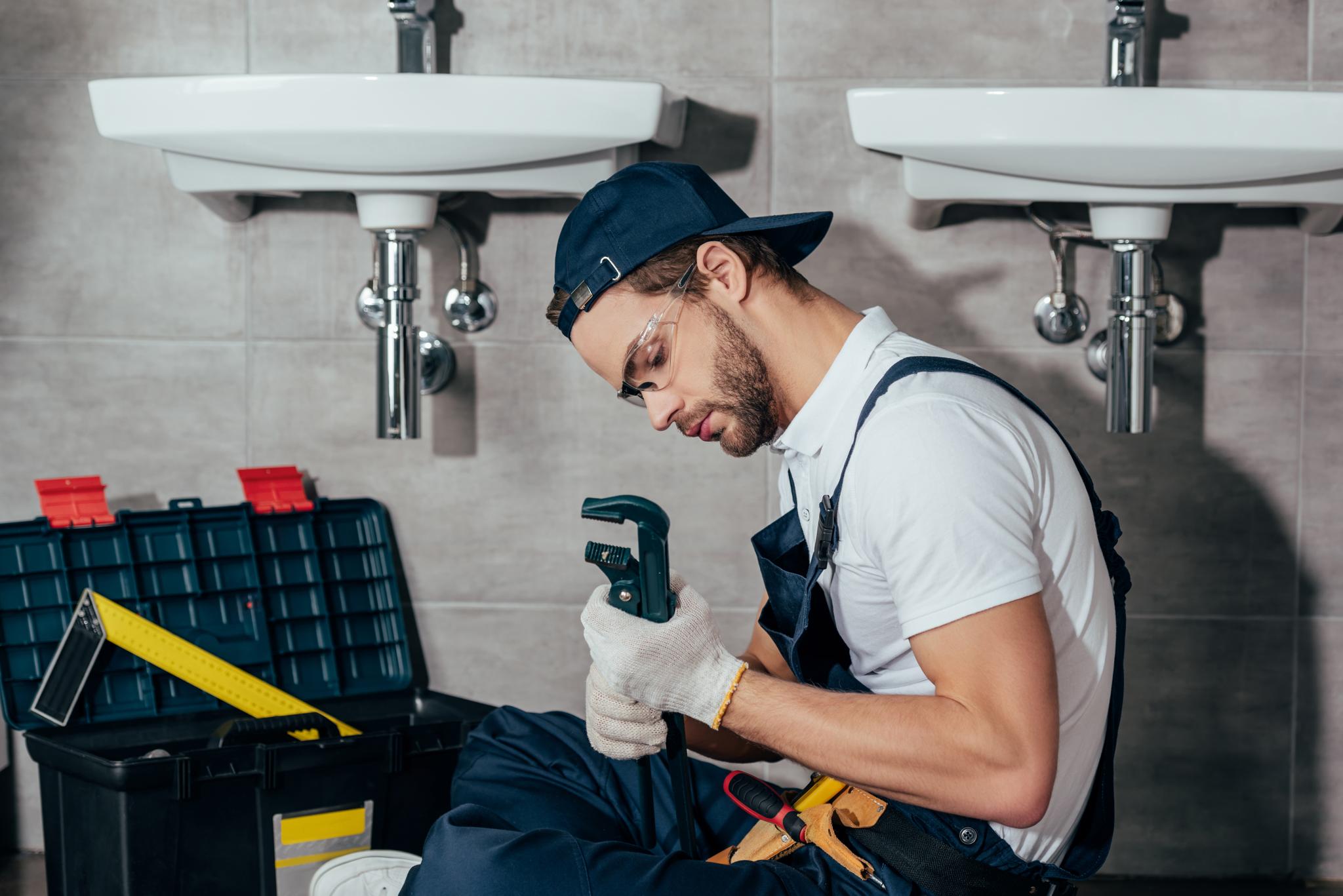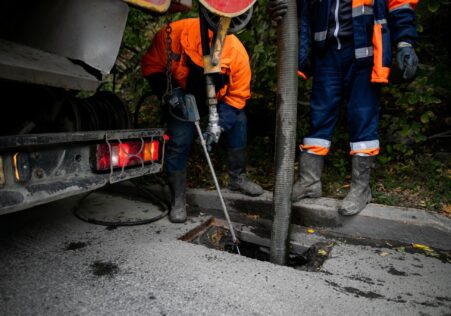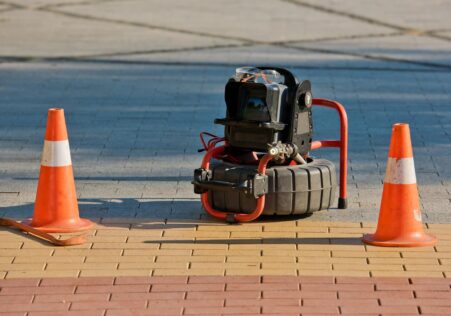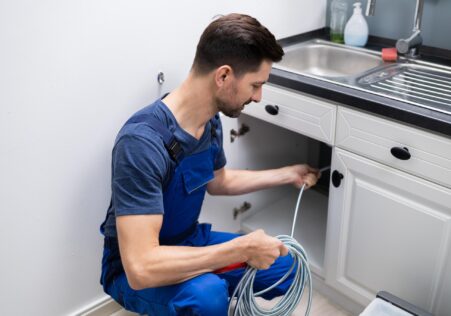Understanding the Differences Between Pipe Relining and Pipe Replacement
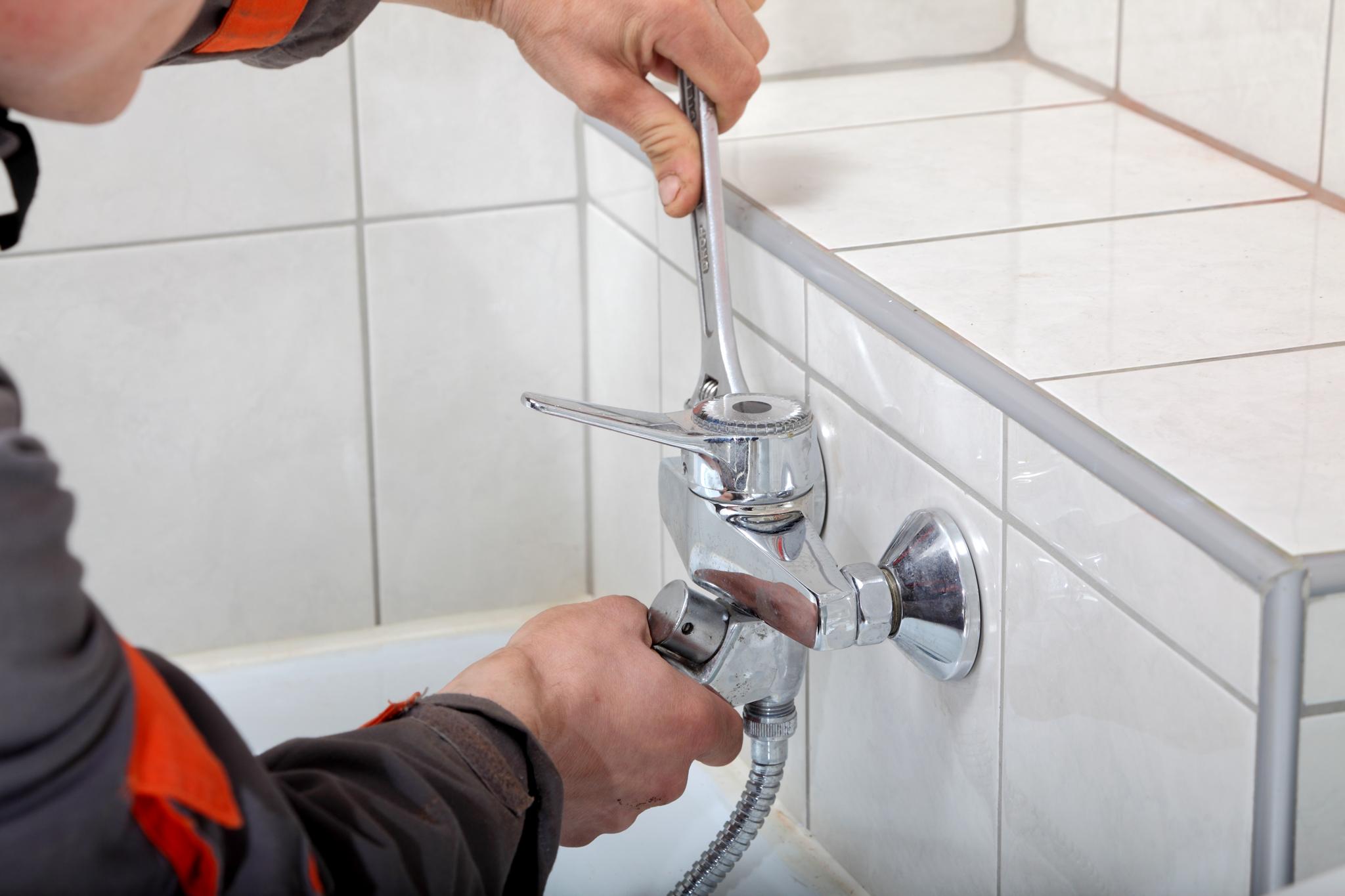
When it comes to fixing damaged pipes, two common solutions are pipe relining and replacement of pipes. Both of these methods are designed to restore the full function of your pipelines, but there are some distinct differences you should be aware of.
Key Takeaways
- Pipe relining is a cost-effective and fast method for repairing damaged pipelines.
- Linings made of CIPP are used for pipe relining.
- Epoxy resin is utilized to line the inner parts of the pipe which is cured to form a new inner lining within the pipe.
- Pipe relining is time-efficient, cost-effective and lasts for up to 50 years.
- The traditional method of replacing pipes is digging up portions of property where pipes are located.
- Replacement of pipes may be required in the case of pipes that have been severely damaged.
- A brand new pipeline that is installed by pipeline replacement has a longer life span (75 up to 100 years).
- Replacement of pipes can be costly and laborious.
- The decision between pipe relining and replacement depends on the level of damage caused.
In this article, we’ll go over pipe relining vs. pipe replacement, and find the one that best suits your needs better.
What is Pipe Relining?
Pipe relining or Cured-In-Place Pipe (CIPP) Lining is a state of the art repair procedure that provides a cost-effective, rapid solution for the repair of damaged pipelines.
Here’s how it works:
- A technician cleans the pipeline with high-pressure jetting or mechanical cleaning.
- Then, they put epoxy resin made from fiberglass or polyester inside the pipeline.
- The liner cures to form a brand new inner lining inside the old pipeline that’s just as robust as a new one.
Advantages Pipe Relining
- Time-efficient – It typically takes between 2 and three hours for the entire process, as opposed to digging for many days using traditional pipe replacement techniques.
- Cost-effective - Because no excavation or removal is necessary in pipe relining work, it can save almost half of the amount you spend on traditional repairs.
- Durability – The new liner that is created by pipe relining may last for up to 50 years!
The cons of Pipe Relining
- Not recommended for extremely damaged pipes. If there are serious damages such as cracks, collapses or joints that aren’t aligned properly within your sewer line then pipe relining could not be possible.
What exactly is Pipe Replacement?
Pipe replacement involves digging up portions of the yard/sidewalk/driveway where underground pipes are located. The areas may contain damaged pipes, or highly damaged ones caused by lack of maintenance or age.
The following steps comprise most traditional pipe replacements:
- An excavation team digs up access to the deteriorated underground pipe.
- The old pipeline is detached and dug out producing much debris that must be cleared away.
- Then, they install a new pipeline in place of the old one.
Benefits of Pipe Replacement
- It is suitable for pipes with severe damage - When you need to replace pipes that are experiencing significant corrosion or damage, pipe replacement is the most effective option.
- Long lifespan – The new pipeline that is installed by pipe replacement has a lengthy lifespan (75 or 100 years) which makes it a great solution for homeowners who want an option that is long-lasting.
Pros of Pipe Replacement
- The work of excavation required for pipe replacement can be costly and time-consuming.
- It is time-consuming. Pipe replacements can take a few weeks based on the extent of work and the depth of excavations needed.
Which one should you select?
The choice between replacement or relining your pipes mostly depends on the level of damage caused. If your pipes suffer from small damages, like cracks or leaks of a minor size, it is likely that relining is an ideal option as it is less costly and is also faster than traditional pipe replacements.
However, if you have severe injuries, like breaks or collapses the best option is traditional pipe replacement although it might cost more and takes longer.
| Pipe Relining | Pipe Replacement | |
|---|---|---|
| Procedure | CIPP lining using epoxy resin | Excavating and replacing the old pipeline |
| Pros | Time-efficient- 2 to 3 hours to complete | Suitable for severely damaged pipes |
| Cost-effective – Almost half of traditional costs. | New pipeline lasts for 75 to 100 years | |
| Durable – Lasts up to 50 years | ||
| Cons | Not suitable for severely damaged pipes | Costly |
| Time-consuming | ||
| When to choose | Minor damages like cracks or minor leaks | Severe damages like collapses or breaks |
Frequently Asked Question
What is pipe relining?
Relining of pipes is a procedure that creates a brand new pipe in the damaged pipe. It is accomplished by inserting a flexible liner inside the old pipe and making it a permanent fixture. After curing, the new pipe does not have joints or seams that improve its structural integrity.
How does the traditional replacement of pipes differ from pipe relining?
Traditional pipe replacement involves excavating and physically removing old pipes then replacing them with new ones. However, pipe relining doesn’t require excavation; instead it’s accomplished by using technology that permits repair of pipelines without digging huge areas of land.
Which method is cheaper - pipe relining or traditional pipe replacement?
Pipe relining typically costs less than the traditional methods of repair of pipelines because there are no expenses related to excavation, or other methods required for the removal and replacement of old pipes.
All kinds of pipes can be reflined?
Certain types of pipes can be relined successfully. In the end, your plumber will need to examine your situation to determine if it is feasible to line your specific kind of pipes. However, the majority of contemporary pipes are fixed with this technique.
How long will the pipe relining process take?
The exact time required for the process depends on different variables like location, environment and the type of damage. However the average pipe Relining task usually takes between 2 and 3 days, depending on the number of meters require lining..
If you would like to steer clear of digging work and save cash while restoring your damaged pipelines’ performance to their fullest, consider opting for our Local Sydney Blocked Drains ‘s quick and efficient pipe relining services. Get in touch with us!
Additional Information
- Don't Let a Clogged Drain Put a Damper on Your Business: Get Regular Inspections
- Why Condo Complexes are Switching to Trenchless Pipe Relining Methods
- The Ultimate Guide to Prevent Drain Blockages
- Should You Repair Your Piping? Tips for Identifying
- Sewer Relining for an Environmentally-conscious Solution to Green Problems
- Discover the Best Pipe Relining Materials for Your Plumbing Needs
- The Future of Plumbing: Advances in CCTV Drain Inspection Technology
- Effortlessly Repair Your Sewer with Affordable Pipe Relining
- Why Pipe Relining is a Cost-Effective Solution for your Business’ Plumbing Issues?
- Demystifying In-Depth Walkthrough to the Pipe Relining Process: Everything You Can Expect


